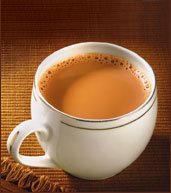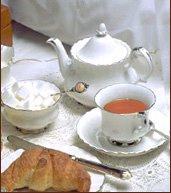The process of selecting tea leaves for blending is referred to as tasting. Tea tasting is an art which is by the virtue of being associated with industry as a blender. The primary senses responsible for tasting are the sense of taste, your taste buds of the tongue and the sense of smell or odor dependent upon your olfactory organs or the nose.
The tea leaves have three basic flavor profiles:
Foreground profile or the top note
Middle profile or the body note
Background flavor or the base note.
These three profiles characterize a leaf flavor and aroma. The aromatic and volatile compounds in the tea leaf are responsible for our taste and odor perception.
Apart from this the physical aspects and look and feel of the tea leaf also comes into the picture.
Mouth Feel for dryness and slipperiness.
Temperature for relative volatility of the constituents.
Method
The tea is prepared in a lidded container such that the volatile components are not freed but infused in the brew. The expert taster should frequently wash hands, rinse his or her mouth with pure water or eat bland biscuit etc. Sometime long hours would be needed to get rid of desensitization that has crept in after hours of tasting.
All the tea tasting happens in milliseconds.
In the tea flavor release process, first the solubility of the leaf in saliva takes place and the solubility components or the aromatic constituents are perceived by the taste buds. The volatile constituents then evaporate and reach the nerve endings in the olfactory region of the nasal cavity.
As stated tea tasting is an expert’s job and lot of hard work is required to understand the taste and aroma of leaves and create a master blend.




